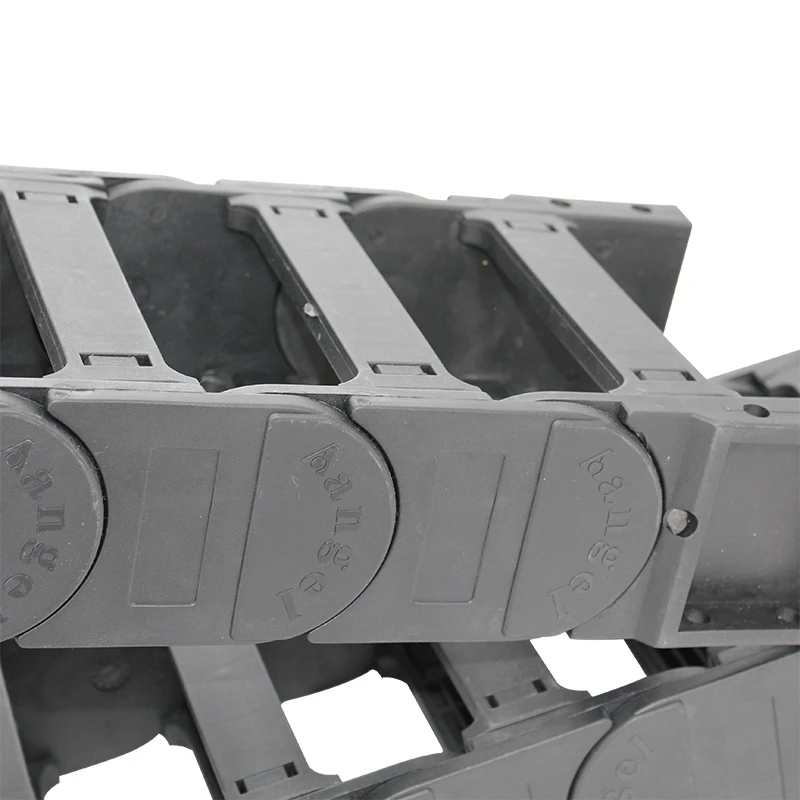synchronous drive
Understanding Synchronous Drive An Overview
Synchronous drive systems are a critical aspect of modern engineering and manufacturing, offering precise control and efficiency in various applications. Unlike traditional induction motors, synchronous drives operate at a constant speed that is directly proportional to the frequency of the power supply. This article delves into the mechanics, advantages, applications, and future trends of synchronous drive technology.
Mechanism of Synchronous Drives
Synchronous drives utilize synchronous motors, which are designed to rotate in sync with the frequency of the electrical supply. The fundamental principle behind this technology lies in electromagnetic induction. When alternating current flows through the motor's winding, it generates a magnetic field that interacts with the rotor's magnetic field. For a synchronous motor to function correctly, the rotor must be locked to the rotating magnetic field of the stator, which is achieved through rotor designs such as permanent magnets or field windings.
There are two primary types of synchronous motors permanent magnet synchronous motors (PMSMs) and wound rotor synchronous motors. PMSMs are increasingly popular due to their efficiency, compact size, and high power density. In contrast, wound rotor synchronous motors are suited for applications requiring higher starting torque and flexibility in design.
Advantages of Synchronous Drives
Synchronous drives offer numerous advantages over other motor technologies. One of the most significant benefits is their efficiency. Synchronous motors typically have a higher efficiency rating, often exceeding 90%. This efficiency translates into lower energy costs and reduced heat generation, which can prolong the lifespan of equipment and reduce maintenance requirements.
Another critical advantage is speed control. Synchronous drives can achieve precise speed regulation, making them ideal for applications that require consistent and repeatable performance. This characteristic is particularly valuable in processes such as conveyor systems, where maintaining a specific speed is crucial to product quality.
Synchronous drives also offer high torque capabilities at various speeds. This adaptability allows them to perform well in variable load scenarios, providing robustness in demanding industrial environments. Additionally, the ability to operate at unity power factor reduces energy losses in the system, further enhancing overall performance.
Applications of Synchronous Drives
synchronous drive

The versatility of synchronous drives has led to their widespread adoption across various industries. In manufacturing, they are commonly found in robotics, CNC machines, and conveyor systems where precision and reliability are paramount. Their efficiency makes them suitable for use in electric vehicles, where prolonged battery life is essential.
In the renewable energy sector, synchronous drives play a vital role in wind turbine generators, assisting in enhancing the energy conversion process and improving grid stability
. They are also used in compressors, pumps, and fans, where steady operation and energy efficiency are necessary to optimize performance.Moreover, the advancement of digital technologies has paved the way for integrated synchronous drive systems, making them essential in modern automation and control systems. As industries seek to become more efficient and adaptable, synchronous drives will continue to play an integral role in achieving these goals.
Future Trends in Synchronous Drive Technology
As technology progresses, the development of synchronous drives is expected to continue evolving. One of the most notable trends is the integration of smart technologies. With the rise of the Internet of Things (IoT), synchronous drives are poised to become more intelligent, enabling real-time monitoring and adaptive control for enhanced performance and predictive maintenance.
Another significant trend is the focus on energy efficiency and sustainability. As industries strive to reduce their carbon footprint, research and development efforts are increasingly aimed at improving the efficiency of synchronous drives, making them even more environmentally friendly.
Additionally, the application of advanced materials and manufacturing techniques is likely to enhance the performance of synchronous motors. Innovations in magnet technology, such as the development of high-temperature superconductors, could lead to even higher efficiency and power density, expanding their applicability in various fields.
Conclusion
Synchronous drives represent a critical technology in the landscape of modern engineering. With their high efficiency, precise speed control, and adaptability, they have found applications across diverse industries. As technology continues to advance, the future of synchronous drives looks promising, poised to enhance performance and sustainability in an ever-evolving industrial landscape. Embracing these trends will not only lead to improved productivity but also contribute to a more energy-efficient world.








